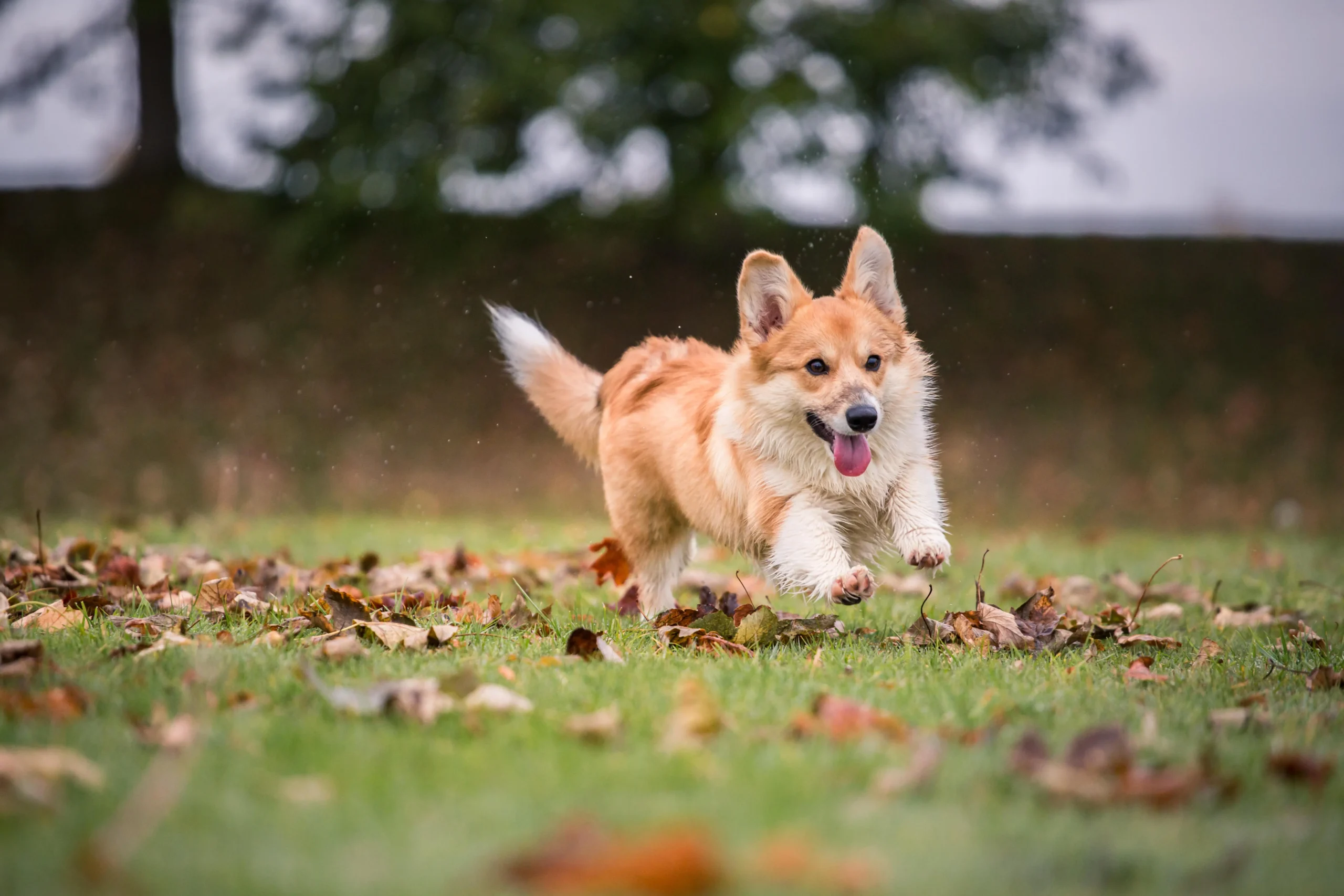Self-Improvement: Did you know your playful dog has the potential to be a canine Einstein? Every dog, from the couch potato to the energetic Border Collie, has a wellspring of untapped potential. We can nurture our furry companions and help them become the best dogs they can be. In this article, we’ll explore some practical self-improvement tips that can benefit your dog’s physical, mental, and emotional well-being.
Building a Strong Foundation: Training and Communication
A well-trained dog is a happy dog. Train your dog, and you’ll build confidence, strengthen your bond, and provide mental stimulation. Positive reinforcement is key. Reward your dog for good behavior, and it will be the most effective and humane way to train. Start with basic commands like “sit,” “stay,” and “come,” using treats, praise, and positive energy. As your dog progresses, you can introduce more complex commands or explore activities like agility training or obedience classes.
Communication goes hand-in-hand with training. Learn to “speak dog” by understanding their body language. A relaxed posture with a wagging tail usually indicates happiness, while tucked ears and bared teeth might signal aggression. Pay attention to your dog’s signals and respond accordingly. Consistency in both training and communication is key to building a strong foundation.
Mental Stimulation: Keeping Those Paws Active
Just like humans, dogs need mental stimulation to stay happy and healthy. Here are some ways to keep your dog’s mind sharp:
-
Food Puzzles: These interactive toys challenge your dog to work for their treats, providing both mental and physical exercise. Fill them with kibble, peanut butter, or their favorite treats and watch them problem-solve their way to a delicious reward.
-
Scent Training: Dogs have an incredible sense of smell. Engage them in scent work by hiding treats or toys around the house and encouraging them to find them using their nose. You can even take it a step further and explore nosework classes or games.
-
Trick Training: Teaching your dog new tricks isn’t just for show. It’s a fantastic way to bond with them and keep their minds active. Start with simple tricks like “shake” or “roll over” and gradually increase the difficulty.
Physical Exercise: Keeping Your Pup Fit
Regular exercise is essential for a dog’s physical and mental well-being. Daily walks are a must, but don’t stop there! Explore your options:
-
Dog Parks: These provide a safe space for your dog to run, socialize, and play with other canine friends.
-
Hiking: If your dog has the energy, hit the trails for a dose of fresh air and adventure.
-
Swimming: If your dog loves water, swimming is a low-impact, enjoyable way to exercise.
Tailor the exercise to your dog’s breed, age, and fitness level. Remember, a tired dog is a well-behaved dog (most of the time!).
Socialization: Building Confidence Around Others
Socialization helps your dog become comfortable around different people, animals, and environments. Expose your dog to positive social interactions from a young age. Here’s how:
-
Puppy Playdates: Schedule playdates with other well-socialized puppies to help your dog learn appropriate play behavior.
-
Dog Training Classes: Not only will your dog learn valuable skills, but they’ll also encounter new people and dogs in a controlled setting.
-
Outings and Visits: Take your dog on errands or visit friends and family who are comfortable with dogs.
A well-socialized dog is more confident, adaptable, and less likely to develop anxiety or fear-based aggression.

Dietary Needs: Fueling Your Dog’s Potential
Just like us, dogs thrive on a healthy diet. Consult your veterinarian to determine the best food for your dog’s breed, age, and activity level. Look for high-quality food with fresh ingredients and avoid fillers or artificial additives.
Beyond the Basics: Enrichment for Special Needs
Some dogs have specific needs that require additional enrichment. For instance:
-
Working Breeds: Working breeds like huskies or Border Collies often have high energy levels and require activities that channel their drive, such as herding exercises or dog sports.
-
Senior Dogs: As dogs age, their exercise needs may change. However, mental stimulation is still crucial. Explore puzzle feeders, scent games, or short, gentle walks to keep their minds engaged.
-
Shy Dogs: Shy dogs benefit from controlled social interactions in a safe environment. Consider one-on-one playdates with calm dogs or seek professional guidance for desensitization techniques.
Unleashing Potential: A Journey, Not a Destination
Helping your dog reach their full potential is a rewarding journey. By focusing on training, mental stimulation, exercise, socialization, and proper nutrition, you can create a happy



